Understanding Road Signs in the United Kingdom
Have you ever felt baffled by the plethora of road signs in the United Kingdom? You’re not alone. Driving on UK roads throws a cocktail of signs your way – some familiar, others uniquely British. Knowing what they all mean isn’t just about passing tests; road smarts keep you and everyone else safe.
This piece is your compass to navigating those rules written in colors and shapes. We’ve covered it, from speed limits that change with the scenery to directional cues guiding you through city buzz or countryside charm.
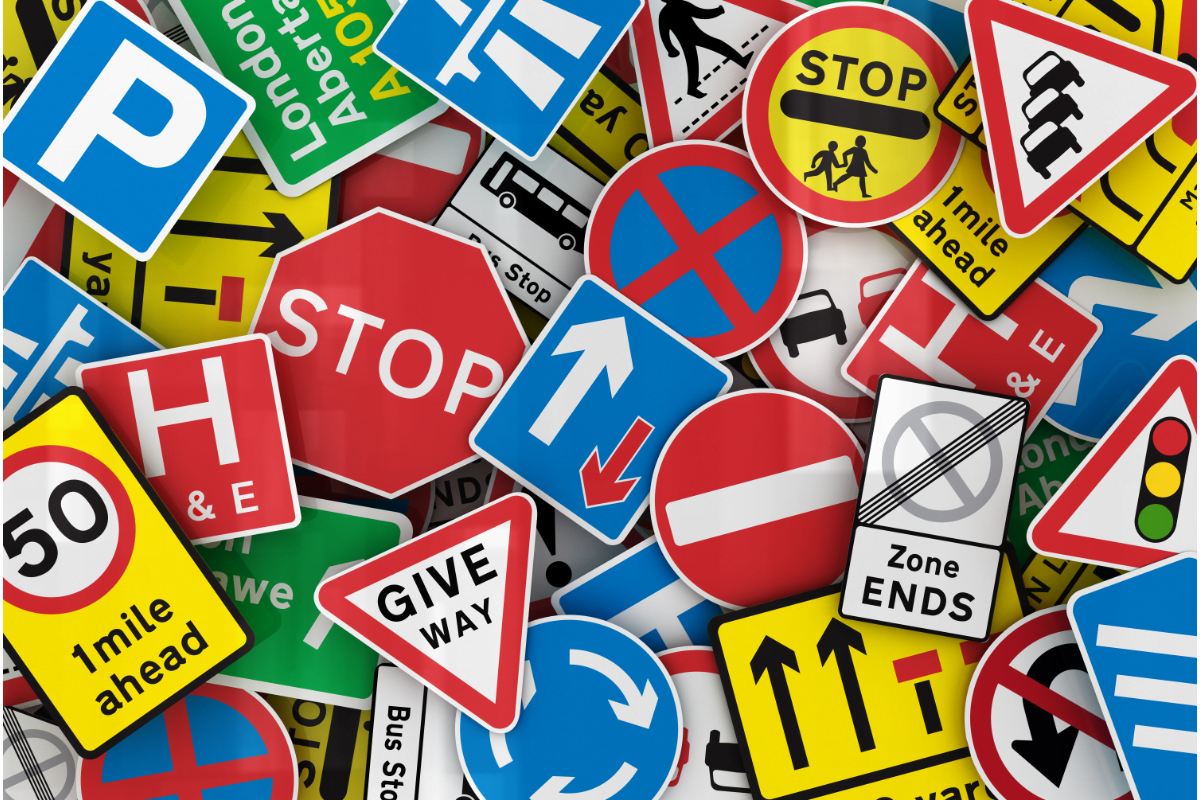
And hey, could understanding these street-side hints save you a few quid on car insurance? Now we’re talking about real benefits. Let’s buckle up for this sign-spotting adventure!
The Fundamentals of UK Road Signs
Imagine you’re at the helm of a car, cruising down a picturesque UK road. The language of the land is spoken not only by its people but also through its myriad road signs. These visual cues guide and protect all who navigate this island’s thoroughfares.
Regulatory Signs in the United Kingdom
In your travels across the UK, regulatory signs are non-negotiable commands from an unseen authority. Like steadfast guards, they ensure that order prevails on every stretch of asphalt. Think ‘No Entry’ and weight limits—signs with simple symbols or numbers that leave no room for debate among drivers about what actions are permitted.
You might encounter round speed limit signs bordered in red; these dictate how fast you can go without risking more than just a ticket—they keep everyone safe on roads where conditions vary widely.
Warning Signs and Their Meanings
Ahead lie curves in your journey: warning signs stand sentinel, their triangular shapes alerting to potential hazards like sharp bends or hidden dips—a foretelling designed to prevent mishaps before they occur. As vital companions along each mile, they whisper cautions about slippery roads when wet or school zones where young dreams dart into reality without notice.
The Highway Code, steeped in tradition yet ever-evolving with time’s passage, provides an atlas for decoding these essential beacons.
If knowledge truly is power, then understanding UK road signs empowers new and seasoned drivers—it’s crucial not just for passing theory tests but also for ensuring daily commutes unfold smoothly. This mastery could lead to fewer claims filed under one’s insurance policy because, let’s face it—the safer you drive, the less you pay.
Deciphering Prohibitive Signs Across the UK
Navigating the United Kingdom’s roads, you’ll encounter various prohibitive signs crucial for maintaining order and safety. These signs are not just suggestions; they’re non-negotiable road rules. Take “no entry” signs, for example—they scream ‘Stop—the wrong way.’ in bright red circles with a horizontal white line.
If you see a sign showing a circle with an overlaid red slash, it means certain actions or movements—like turning left or right—are off-limits. And don’t even think about ignoring weight limits unless you fancy your vehicle wedged under a bridge—a scenario no one wants.
Understanding Local Road Signage
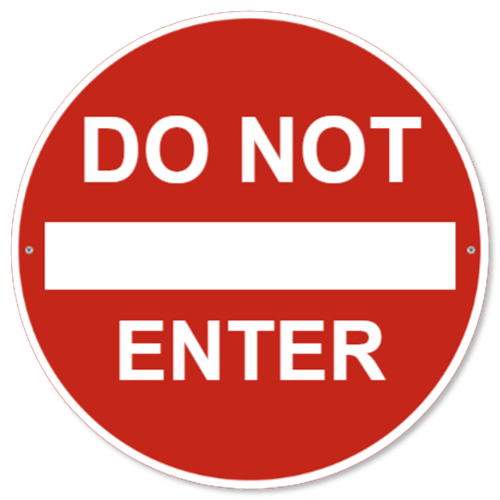 Different languages can appear on road signage throughout various regions in the UK. So if you find yourself puzzled by Welsh or Gaelic text beneath familiar symbols while driving through Wales or Scotland, remember these additions help local drivers, too. It’s all part of making sure everyone gets where they’re going without confusion—or worse.
Different languages can appear on road signage throughout various regions in the UK. So if you find yourself puzzled by Welsh or Gaelic text beneath familiar symbols while driving through Wales or Scotland, remember these additions help local drivers, too. It’s all part of making sure everyone gets where they’re going without confusion—or worse.
Driving without knowing what these regulatory markers mean isn’t just bad form—it could lead to fines or points on your license. That’s why understanding UK traffic signs, especially prohibitive ones like minimum speed limit indicators and level crossing warnings, is key.
The Role of Language on Signs
In areas boasting rich linguistic heritage, such as Wales and Scotland, bilingual displays are expected to be an everyday affair regarding traffic instructions—a nod to cultural diversity and practical communication tools for locals and visitors alike.
- No Entry: A simple yet vital instruction telling drivers access is denied beyond this point.
- Weight Limits: They aren’t mere suggestions but restrictions critical for infrastructure protection.
- Bilingual Signage: Not only does this reflect regional pride, but it also aids comprehension among diverse populations.
Navigating Speed Limit Signage in the UK
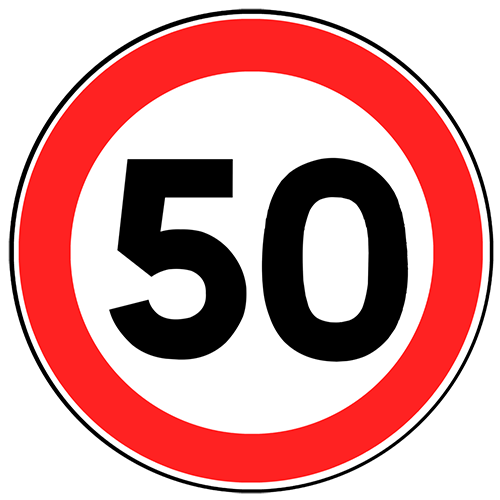 Getting to grips with speed limit signs across the UK is like mastering a language spoken only by cars. But fear not; we’ve got you covered. When you see that classic white circle with a bold black number, it’s telling you how fast (or slow) you can go. That’s your standard speed limit sign.
Getting to grips with speed limit signs across the UK is like mastering a language spoken only by cars. But fear not; we’ve got you covered. When you see that classic white circle with a bold black number, it’s telling you how fast (or slow) you can go. That’s your standard speed limit sign.
Now let’s talk national speed limits – these are for when no specific numbers are posted around. Picture this: a white circle bordered by red and containing nothing but a single black stripe slanting from top left to bottom right; it whispers, ‘Drive at 60 mph if on single carriageways or 70 mph on dual carriageways and motorways’ unless, of course, another sign tells you otherwise.
The plot thickens as we encounter minimum speed limit signs — they’re blue circles with numbers saying “no dawdling” below this threshold, please. Now, while most roads invite us to hit certain speeds, sometimes they also scream ‘slow down.’ through temporary traffic management signals where road work turns our smooth ride into an obstacle course.
Understanding Speed Limit Signs in the United Kingdom helps make sense of these rules so that each journey is less about guesswork and more about informed driving choices, which might save some cash on new driver insurance premiums, too. And remember, knowing what those round metal mentors mean isn’t just good for your wallet; it keeps all road users safe, sharing space smoothly like courteous dancers in an asphalt ballroom dance-off.
Identifying Directional and Informational Signs
Navigating through the UK’s bustling cities and picturesque countryside routes demands a clear understanding of directional signs. These beacons guide you, whether you’re searching for motorway entrances or gauging how far it is to the next rest stop.
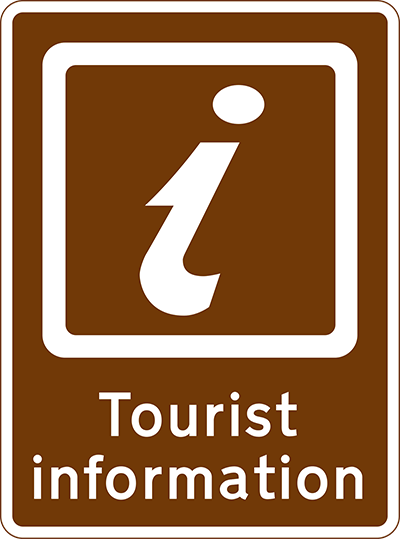 Direction signs are like silent tour guides, offering directions without uttering words. On motorways, they shine with their blue backgrounds signaling primary routes, while on other roads, white backgrounds point out local destinations. The arrows lead your way as effectively as a compass needle points north.
Direction signs are like silent tour guides, offering directions without uttering words. On motorways, they shine with their blue backgrounds signaling primary routes, while on other roads, white backgrounds point out local destinations. The arrows lead your way as effectively as a compass needle points north.
The magic doesn’t end there—informational signage gives drivers more insight into their journey. They tell tales of parking opportunities around the bend or alert you about upcoming road conditions requiring extra caution. Ever notice those friendly reminders about seat belts? That’s informational signage caring for your safety.
Making Sense of Motorway Markings
Diving deeper into motorway signs can save you from last-minute lane changes and unnecessary detours. Clear symbols coupled with succinct text communicate essential information swiftly, making decisions feel second nature at 70 miles per hour rather than guesswork.
From exit numbers to service station alerts—these tools help streamline driving experiences across England’s extensive network of high-speed roads where efficiency rules supreme.
Gleaning Insights from Informational Signage
Beyond mere directionality lies an array of informative posts guiding both driver behavior and expectations along UK streetscapes—think minimum speed limits standing guard ensuring traffic flows smoothly or level crossing warnings urging vigilance against potential hazards ahead—all crafted under open government licence standards promising reliability at every turnoff.
This seamless integration of visual cues and rules is essential in creating a language that all users of UK roads understand, making travel safer for everyone. It’s the unspoken agreement among drivers, cyclists, and pedestrians alike—a mutual understanding that guides our actions on these thoroughfares without uttering a single word.
Road Safety Through Warning Sign Recognition
 Staying safe on UK streets means knowing your warning signs inside and out. These aren’t just suggestions; they’re the key to preventing mishaps for drivers and pedestrians alike. Slippery road signs, for instance, aren’t there to decorate the pavement—they tell you that even if it’s not raining cats and dogs, the tarmac might still betray your tires.
Staying safe on UK streets means knowing your warning signs inside and out. These aren’t just suggestions; they’re the key to preventing mishaps for drivers and pedestrians alike. Slippery road signs, for instance, aren’t there to decorate the pavement—they tell you that even if it’s not raining cats and dogs, the tarmac might still betray your tires.
Pedestrians warning us about foot traffic ahead is like a secret handshake from the city—it’s telling you to watch out for those who prefer sneakers over speedometers. And let me tell you, these signs are lifesavers in areas where kids dash around corners faster than ice cream melts on a hot day.
But why should we care so much? It’s simple: safety saves lives and cash—safer driving habits may lead to lower insurance costs for newbies behind the wheel. Every sign understood is another potential hazard avoided—and believe me, insurers love avoiding hazards as much as we do.
The Importance of Heeding Warning Signs
Do you know how some folks give off ‘don’t approach’ vibes with their body language at parties? Well, think of warning road signs as doing something similar but more critical—they flag down risks long before you reach them. Take level crossings; miss that sign, and it’s not just awkward silence—you could be playing chicken with a train.
We need every driver clued up on these signals because, guess what? Even though most people won’t admit it publicly (because of pride), plenty of us can get flustered by unexpected detours or sudden appearances of work zones—a classic case of tempers running hotter than car engines in summer traffic jams.
The Highway Code isn’t light reading, but diving into its depths reveals all sorts of treasures about keeping everyone safer on our roads through smart signage interpretation.
Unique British Road Signs You Should Know
If you’re driving through the UK, watch for some internationally recognized signs unique to Britain. They may seem quirky, but play a big role in safe driving practices.
Take the ‘no entry’ sign – it’s not just a red circle with a white bar; here, it means business. No ifs or buts; when you see this prohibitive sign on UK roads, do yourself a favor and don’t even think about going further. It’s one of many such signs designed to tell drivers exactly what not to do so everyone can stay safe on their journey.
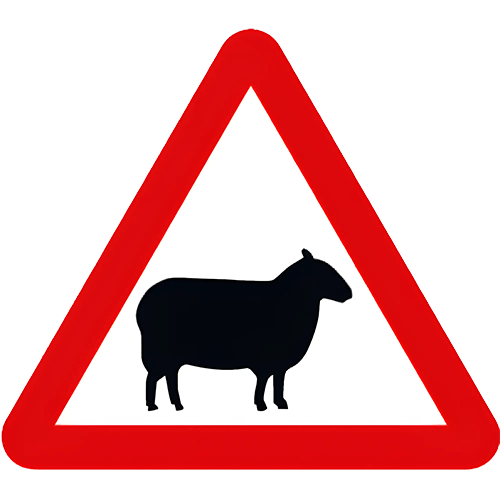 You might also spot the occasional sheep crossing sign, which is more common than you’d think. Now, that’s something most car rentals won’t warn you about. These warning signs alert drivers of potential fluffy hazards ahead and are essential cues to slow down your vehicle length and watch out for animals hopping onto the road.
You might also spot the occasional sheep crossing sign, which is more common than you’d think. Now, that’s something most car rentals won’t warn you about. These warning signs alert drivers of potential fluffy hazards ahead and are essential cues to slow down your vehicle length and watch out for animals hopping onto the road.
Beyond these basics lies another set: directional signage pointing towards primary routes or indicating side roads – navigating them correctly will ensure your trip doesn’t take an unexpected detour into a confusing town. And while they guide us seamlessly from A to B across dual carriageways and past pedestrians warning us of crossings ahead, we often forget how vital they are until we come across one we don’t recognise.
Knowing these symbols isn’t just trivia; it could save lives and help new drivers snag savings on insurance premiums by proving their prowess at hazard perception. Understanding Speed Limit Signs in the United Kingdom helps ensure that national speed limits aren’t exceeded inadvertently because who wants tickets ruining their travel tales?
Driving with Confidence: The Impact of Road Sign Knowledge on Insurance Savings
Savvy drivers know that understanding road signs is more than just about obeying traffic laws; it’s a smart move for your wallet, too. Picture this: you’re driving along UK roads, and every sign you pass is like a secret code to unlocking insurance savings. Knowing your stuff regarding traffic signals can lead to safer driving habits—and insurers love safe drivers.
New driver? You might be wondering how all those signs could affect your premiums. The stats are clear: the safer you drive, the less likely you are to make a claim, which could mean lower insurance costs. It’s not rocket science but common sense backed by numbers.
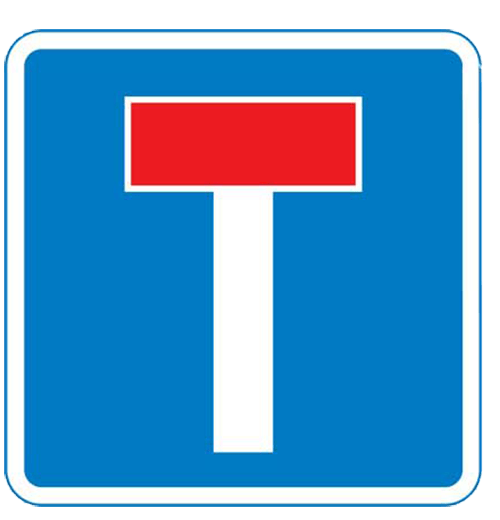 First, let’s talk about prohibitive signs—those big red circles telling us what not to do (like entering where prohibited or carrying loads heavier than allowed). Get these wrong, and aside from risking fines or points on your license, you’re signaling insurers that risks may lie ahead in their relationship with you. But get them right and demonstrate consistent adherence? Cha-ching. Insurers take note of such diligence.
First, let’s talk about prohibitive signs—those big red circles telling us what not to do (like entering where prohibited or carrying loads heavier than allowed). Get these wrong, and aside from risking fines or points on your license, you’re signaling insurers that risks may lie ahead in their relationship with you. But get them right and demonstrate consistent adherence? Cha-ching. Insurers take note of such diligence.
Moving swiftly, we’ve got speed limit signage varying across urban jungles and pastoral highways. Whether they show national limits or minimum speeds necessary for safety reasons, being aware means staying within legal boundaries while cruising around Britain—a surefire way to stay off insurers’ radars for all the wrong reasons.
Understanding Speed Limit Signs in the United Kingdom
offers an excellent breakdown if there was confusion—but let’s face it—you’ve got this.
Comprehending Multilingual Road Signage Across Different Regions
Imagine you’re cruising through the rolling hills of Wales or the rugged landscapes of Scotland, and suddenly, a road sign pops up in not one but multiple languages. This isn’t just for show; it’s essential to driving in regions with diverse linguistic backgrounds. UK traffic signs cater to this multilingualism to ensure all drivers navigate safely.
In Wales, for instance, you might see ‘Araf’ right under ‘Slow,’ guiding both Welsh speakers and English-only road users alike. Crossing into Scotland could have you meet Gaelic alongside English on directional signage—talk about cultural immersion. It’s like having a silent travel guide giving directions motorway after motorway.
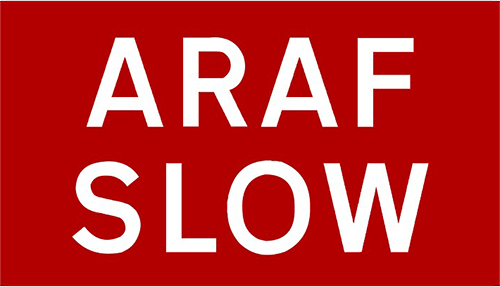 Beyond adding local flavor, these signs play a critical role in safety by making sure no matter what language they speak; everyone gets the same heads-up when approaching temporary traffic management during construction signals or when children are crossing near schools. Clear communication is crucial, especially for new drivers who are still getting their bearings behind the wheel—and hey, being extra aware can even help save on that pesky new driver insurance.
Beyond adding local flavor, these signs play a critical role in safety by making sure no matter what language they speak; everyone gets the same heads-up when approaching temporary traffic management during construction signals or when children are crossing near schools. Clear communication is crucial, especially for new drivers who are still getting their bearings behind the wheel—and hey, being extra aware can even help save on that pesky new driver insurance.
This attention to detail doesn’t stop at permanent fixtures either; events often lead to changes in normal traffic flow where temporary bilingual signage becomes as important as any internationally recognized symbol. So whether navigating through everyday UK roads or special scenarios calling for setting additional cookies beyond those basic essential ones (metaphorically speaking), understanding each twist and turn marked by these informative posts helps keep all road users safe and makes your drive less stressful.
Interpreting Temporary Traffic Management Signals During Construction
Navigating through construction zones requires a sharp eye for temporary traffic management signals. These are the lifelines that guide us when familiar paths are disrupted by ongoing work or public events. Understanding these signs is not just about following the law; it’s also about keeping everyone safe, from drivers to workers on site.
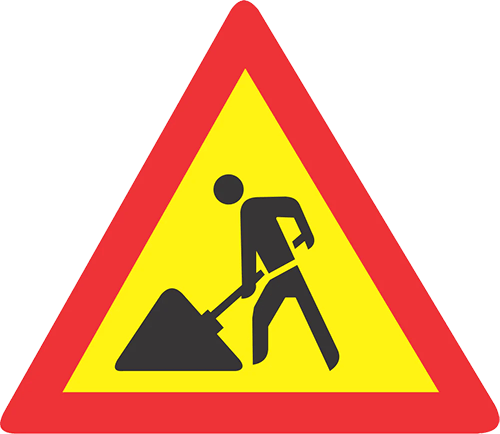 When you see bright orange signs and flashing lights, your attention needs to kick into high gear. It’s like playing a game where the rules change as you go along – except this isn’t a game; it’s real life with real consequences. For instance, arrows may direct you to shift lanes or merge due to road closures ahead, while barriers might shrink your usual path.
When you see bright orange signs and flashing lights, your attention needs to kick into high gear. It’s like playing a game where the rules change as you go along – except this isn’t a game; it’s real life with real consequences. For instance, arrows may direct you to shift lanes or merge due to road closures ahead, while barriers might shrink your usual path.
Apart from physical changes in routes, speed limits often drop in construction areas—watch out for those reduced speed limit signs. Even if they look temporary, they carry full legal weight. Plus, slowing down can help avoid accidents and keep workers safe.
The Role of Signage during Public Events
Temporary traffic management takes center stage during large-scale public events, too. Imagine navigating without them when streets transform overnight for parades or marathons. Advanced warning signs give us a heads-up before we reach chaos so we can plan alternate routes ahead of time.
In such scenarios, ‘no entry’ signals may pop up where there were none before signaling that certain roads are off-limits, even if your GPS begs to differ. And let’s not forget those handy electronic message boards updating us on the fly—it’s almost like having an informed co-pilot giving live commentary.
If you’ve ever been curious about what goes behind setting these temporary signages, check out Understanding Speed Limit Signs in the United Kingdom, which sheds light on their importance beyond mere instructions. They ensure our journey continues smoothly even amidst disruptions because safety never takes a break.
Enhancing Pedestrian Safety Through Effective Signage Interpretation
Pedestrian safety is a crucial aspect of road design, and effective signage is essential in reducing accidents. As drivers, understanding signs like ‘children crossing’ or pedestrian warnings can make a big difference in areas bustling with foot traffic. Recognizing these signals isn’t just about following the rules but safeguarding our communities.
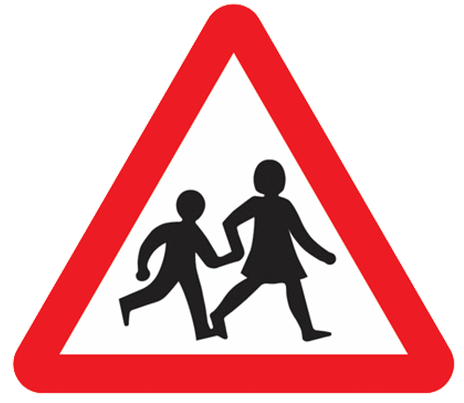 In the UK, signs are dedicated to pedestrian safety near schools, crossings, and highly frequented walkways. Signs warning of nearby pedestrians are more than mere markers; they’re lifelines for those on foot navigating alongside vehicular roads. Drivers must interpret these signs correctly to prevent mishaps and protect each other.
In the UK, signs are dedicated to pedestrian safety near schools, crossings, and highly frequented walkways. Signs warning of nearby pedestrians are more than mere markers; they’re lifelines for those on foot navigating alongside vehicular roads. Drivers must interpret these signs correctly to prevent mishaps and protect each other.
New drivers especially should pay close attention to such signage as it often indicates changes ahead—like upcoming crosswalks or school zones—that require reduced speed and heightened awareness. Awareness of this kind enhances overall safety and could lead to insurance savings by showcasing responsible driving behavior—a win-win situation for all road users.
For instance, the classic zebra-striped poles signify proximity to crosswalks where pedestrians prioritize vehicles—an important reminder that we share our streets with others who aren’t behind wheels. Additionally, The Highway Code emphasizes how recognizing temporary signals during public events is equally critical since usual traffic patterns might be altered temporarily.
Savvy interpretation of these cues goes beyond simple compliance—it reflects respect for life within our shared spaces. Whether through formal education like the theory test or hands-on experience on city streets and rural paths alike, becoming fluent in sign language—made up of metal posts and symbols—is key for safe navigation anywhere across the United Kingdom’s diverse landscape.
FAQs
Are road signs miles or km in the UK?
In the UK, road signs show distances and speed limits in miles and mph, not kilometers.
What is the white road sign in the UK?
A white circle with a red border signals mandatory actions or prohibitions on British roads. Think "stop" or "give way."
What are the diamond road signs in the UK?
Diamond-shaped signs signal tram drivers about their own traffic rules. They're rare but crucial where trams roam.
